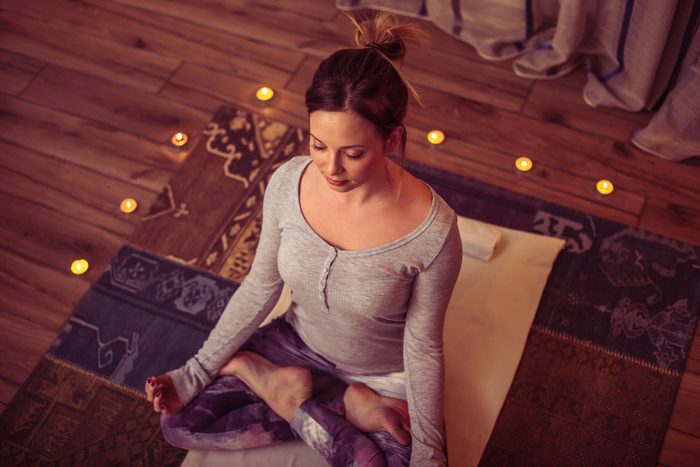
Create a transition routine
This is something you do every night before bed. It could be as simple as letting the cat out, turning off the lights, turning down the heat, washing your face and brushing your teeth. Or it could be a series of yoga or meditation exercises. Regardless, it should be consistent. As you begin to move into your “nightly routine,” your mind will get the signal that it’s time to chill out, physiologically preparing you for sleep.
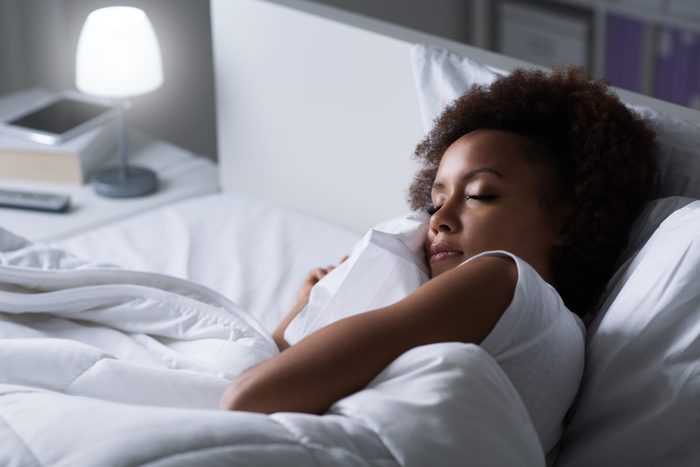
Choose the right pillow
One Swedish study found that neck pillows, which resemble a rectangle with a depression in the middle, can actually enhance the quality of your sleep as well as reduce neck pain. The ideal neck pillow should be soft and not too high, provide neck support and be allergy tested and washable, researchers found.
A pillow with two supporting cores received the best rating from the 55 people who participated in the study. Another study found that water-filled pillows provided the best night’s sleep when compared to participants’ usual pillows or a roll pillow, and yet another study rated “cool” pillows best, so choose one made of natural fibres, which release heat better and keep your head cooler than polyester.
If you’re subject to allergies or find you’re often stuffed up when you awake in the morning, try a hypoallergenic pillow.

Eat a banana before bed
It’s a great natural source of melatonin, the sleep hormone, as well as tryptophan. The time-honoured tradition, of course, is warm milk, also a good source of tryptophan.
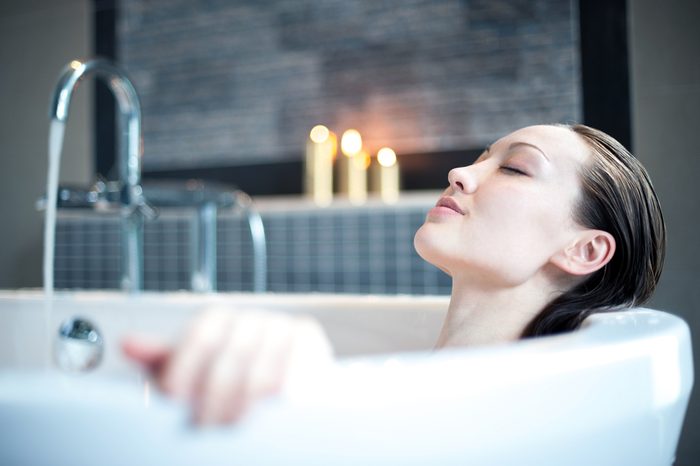
Take a hot bath 90 to 120 minutes before bedtime
A study published in the journal Sleep found that women with insomnia who took a hot bath at this point (with the water temperature at approximately 40°C), slept much better that night. The bath increased their core body temperature, which abruptly dropped once they got out of the bath, readying them for sleep.

Pyjamas or naked?
The answer is pyjamas. Warm skin helps to slow down your blood’s circulation, cooling your internal temperature and generally contributing to a deeper sleep. Just don’t overdo it. Your body goes through a few cool-warm cycles as the night passes, so you want pyjamas, sheets and covers that keep you comfortable through these changes.
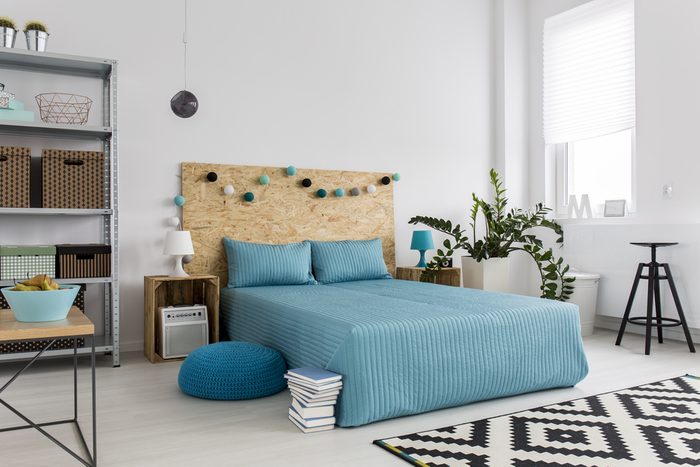
Clean your bedroom and paint it a soothing colour
First, remove the clutter from your bedroom – it provides a distraction and stands in the way of a good night’s sleep. A soothing colour provides a visual reminder of sleep, relaxing you as you lie in bed reading or preparing for sleep.

Kick your dog or cat out of your bedroom
A 2002 research study found that one in five pet owners sleep with their pets. The study also found that dogs and cats created one of the biggest impediments to a good night’s sleep since the discovery of caffeine. One reason? The study found that 21 percent of the dogs and 7 percent of the cats snored!
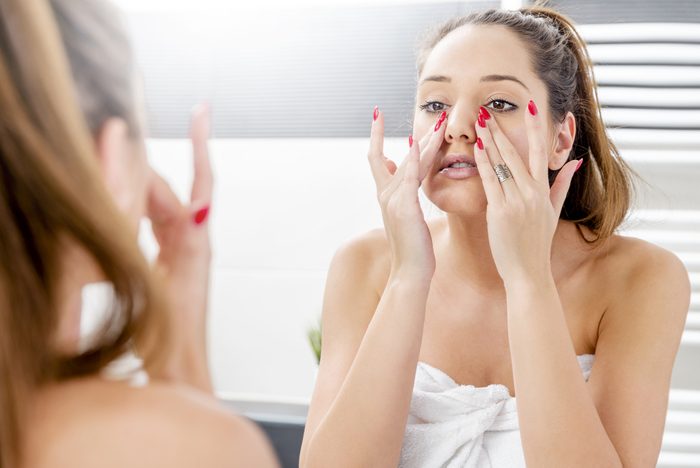
Give yourself a massage
Slowly move the tips of your fingers around your eyes in a slow, circular motion. After a minute, move down to your mouth, then to your neck and the back of your head. Continue down your body until you’re ready to drop off to sleep. Another option: ask your partner for a massage and massage each other on alternate nights.
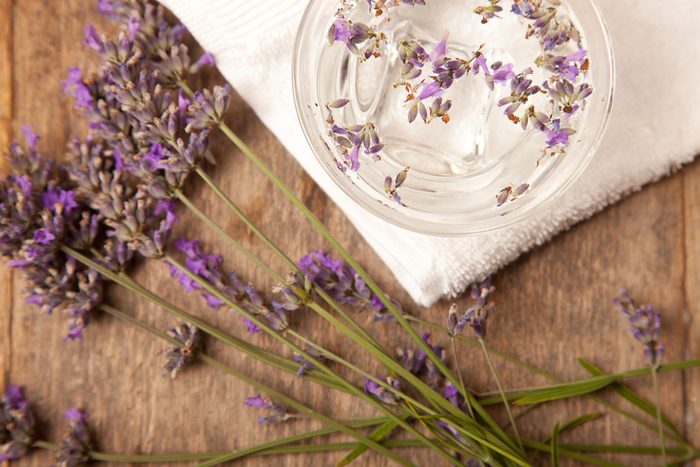
Sprinkle just-washed sheets and pillowcases with lavender water
Then iron them before making up your bed. The scent is scientifically proven to promote relaxation, and the repetition and mindlessness of ironing will soothe you. Or put lavender water in a perfume atomizer and spray above your bed just before climbing in.

Listen to a book on tape while you fall asleep
Just as a bedtime story soothes and relaxes children, a calming book on tape (try poetry or a biography, but stay away from horror novels) can have the same effect with us grown-ups.
